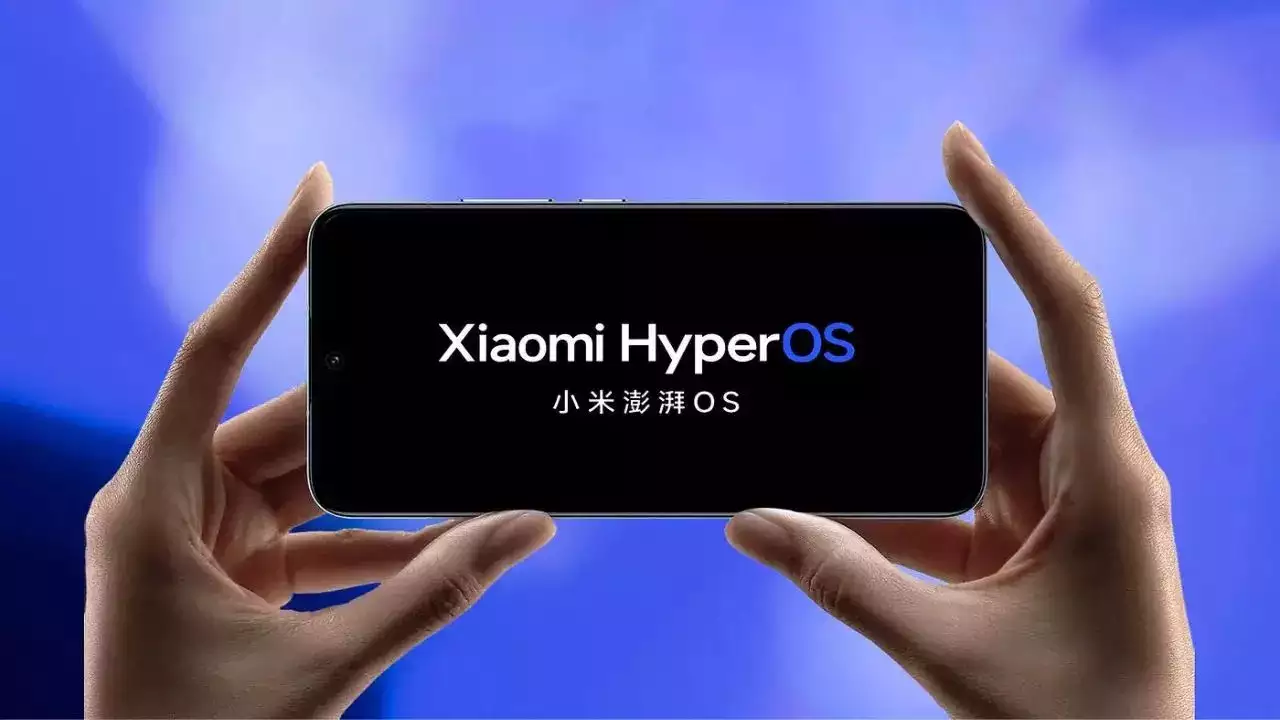Xiaomi, a leading name in the global smartphone market, has recently announced that its Mi 10 series, including older models like Mi 10, Mi 10 Pro, and Mi 10 Ultra, will receive the latest HyperOS update. This move by Xiaomi aims to rejuvenate the 2020 flagship series with enhanced features and improved performance. However, not all that glitters is gold, as the update carries certain caveats.
Understanding HyperOS
HyperOS, Xiaomi’s revamped operating system, emerged in late 2023, amalgamating features from MIUI, Android, and Xiaomi’s proprietary VelaOS. This integration is designed to deliver a uniform experience across Xiaomi’s extensive product lineup, including smartphones, smartwatches, and even automotive infotainment systems. The system prioritizes user-centric enhancements, focusing on smoother operations, increased battery efficiency, and more robust inter-device connectivity.
Rollout Schedule and Eligibility
The rollout of HyperOS began with newer models and is now extending to earlier releases like the Mi 10 series. Scheduled for mid-April 2024, the update promises significant enhancements like a revamped user interface, better power management, and cross-device functionality.
The Catch: Android Version Constraints
However, there’s a catch that might temper enthusiasm for some users. The HyperOS update for the Mi 10 series will be based on Android 13, not the latest Android 14. This decision aligns with Xiaomi’s strategy to extend support to older devices without fully upgrading their Android base. For users expecting the absolute latest in Android features, this might be a disappointment. The update, though packed with new features and improvements, won’t bring the Mi 10 series up to the latest Android operating system.
The Implications of the Update
For Mi 10 series users, the update is both a blessing and a mild grievance. While it extends the life of their devices with new features and improved performance, it also marks the end of the line for major Android version updates. This dual reality highlights Xiaomi’s commitment to supporting older models while also pushing the envelope with their newer software environment.
The introduction of HyperOS to older models like the Mi 10 series underscores Xiaomi’s commitment to providing value to its users over time. However, the limitation of the Android base to version 13 might require users to temper their expectations regarding some of the more cutting-edge Android features. As the April rollout approaches, Mi 10 series owners are advised to watch for official announcements and prepare for an update that promises to rejuvenate their devices, albeit within the boundaries set by their existing Android version.


















